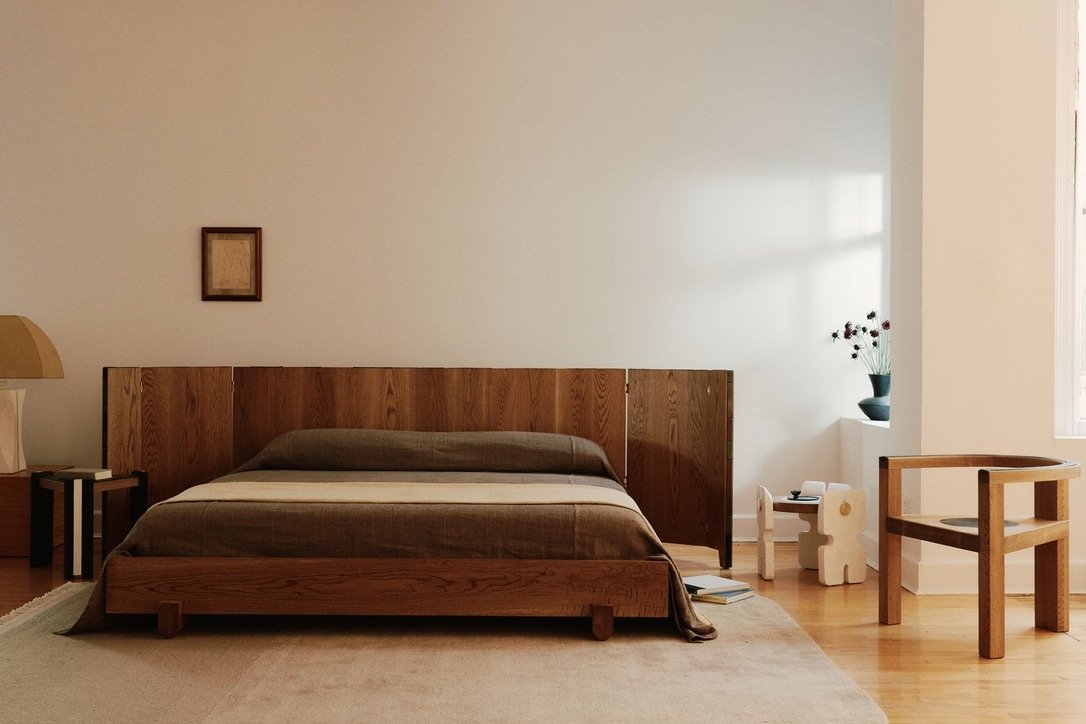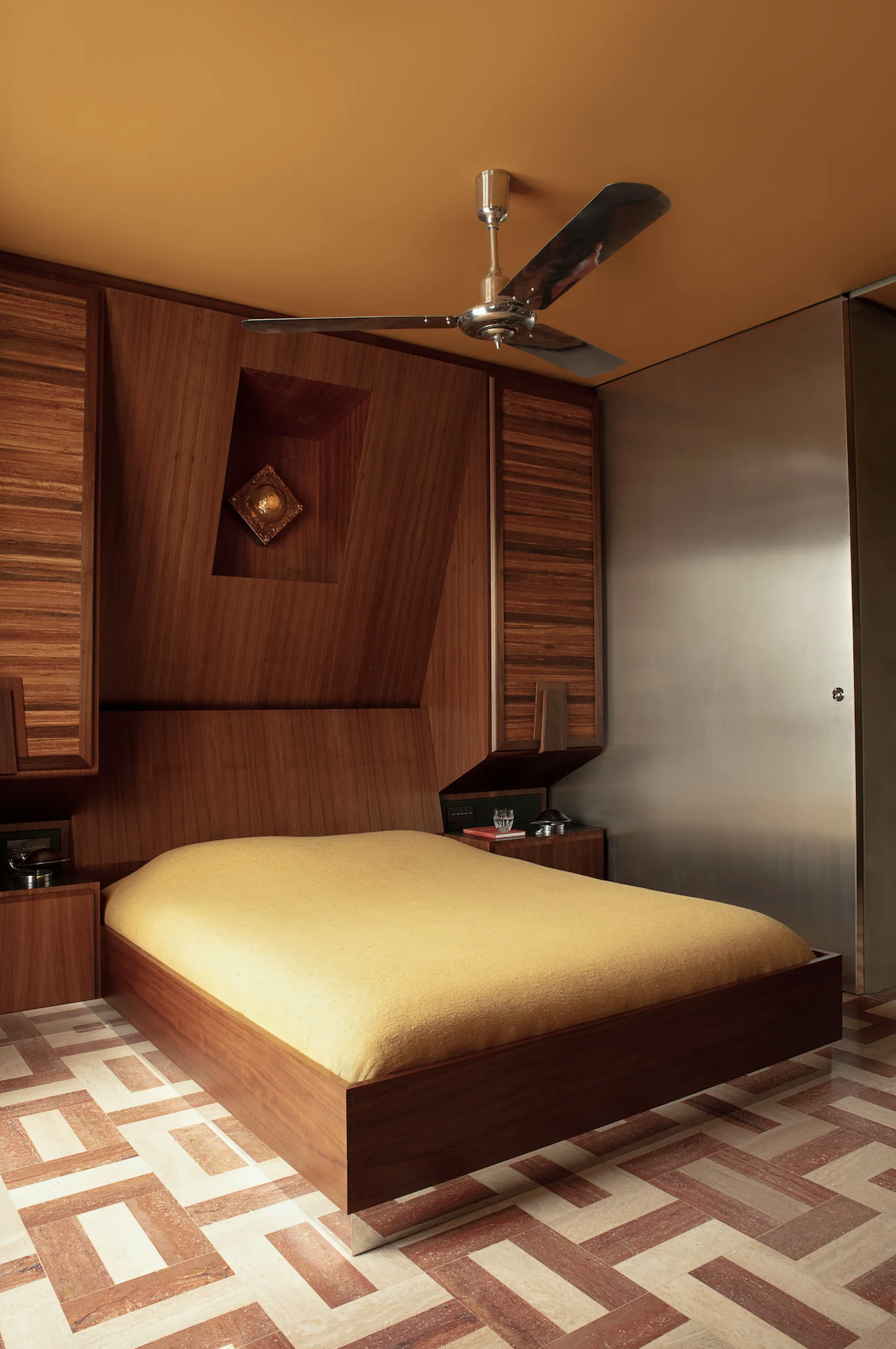Natural Light and Room Exposure Affect Paint Colors in Interior Design
Which Paint Color is the Best for the sunlight exposure in your room?Natural light plays a significant role in how paint colors appear throughout the day. Understanding your room’s exposure is key to selecting the perfect shades that will maintain the desired atmosphere. Whether your space faces north, east, south, or west, each exposure reacts differently to color, which can dramatically impact the way a room looks and feels.
North-Facing Rooms
North-facing rooms often have cool, indirect light throughout the day, which can make the room feel darker and slightly colder. Plants and humans can have an incredibly difficult time in these rooms so it is important to opt for warmer tones that can counterbalance the coolness of the light. If you stay with the vibe of the room and select a cool gray or blue, the room can feel extra cold; play with different textures and metals to give more depth to the space if the room is only for sleeping. If you have a north facing room for living, recommended colors include warm neutrals like creamy whites, light taupes, and beige are ideal for balancing out the light in the room. These colors reflect light well and maintain a sense of coziness even in low-light conditions.
SUMMARY OF ROOMS WITH NORTH-FACING EXPOSURES
• Cooler consistent light
• Soft neutrals (creamy whites, light taupes, and beige) to add warmth
• Add contrast to the soft neutrals with warmer earth tones (terracotta, forest green) or jewel tones (rich purple, navy blue)
East-Facing Rooms
East-facing rooms enjoy warm, bright light in the mornings, with softer, cooler light as the day progresses. Choosing colors for when you’re using the room will help you capitalize on the changing light and make the room feel more balanced. Mornings will tend to offer a warm light in the space, but by the afternoon the cold light can wash out colors, maying them appear drab. Avoid neutrals if you can in these rooms.
SUMMARY OF ROOMS WITH EAST-FACING EXPOSURES
• Bright morning light, cooler afternoon light
• Warm colors are ideal for the morning light; soft clays, truffle, oxblood
• Cool colors for the evening: blue, green, cooler violets
• If the room is used throughout the full day, a smart lighting plan can balance out the space with a cozy selection.
South-Facing Rooms
South-facing rooms receive the most consistent and warm natural light throughout the day, which can create a bright and warm atmosphere; they are always warm and inviting. Cooler tones help balance the intensity of the light, creating a more comfortable and calm environment. Cooler tones like light blues, soft greens, and greys are perfect for balancing the brightness of south-facing rooms. These colors create a calming contrast to the warm light, making the room feel inviting and balanced. If you love being bold, lean into a rich warm tone that is on trend for the past few years, but it is very important to understand how a color can look through the day; take the time to paint a few swatches on the wall and see how they hold up as the sun passes through the room. A color that looks great in the middle of the day can look over the top later in the evening and the yellowish tone of the sun can wash out colors at its peak.
QUICK SUMMARY OF ROOMS WITH SOUTH-FACING EXPOSURES
• Warm, consistent light throughout the day
• Cool tones like blues, greens, and purples balance the warmth
• Review color samples throughout several days to find the right fit for your light, flooring, and furniture
West-Facing Rooms
West-facing rooms receive soft light in the morning and a warm, golden glow in the late afternoon and evening. The best colors for west-facing rooms take advantage of this dramatic shift in light. Rich, warm tones like burnt oranges, rust, or golden yellows enhance the afternoon glow, while neutral tones with warm undertones keep the room cozy without overpowering it. If those colors feel bold, think about how the color of natural materials like wood can live within the space.
SUMMARY OF ROOMS WITH WEST-FACING EXPOSURES
• Cool mornings and warm afternoon and evening light
• Warm neutrals (greige) and rich, golden hues complement the light shift without overpowering the space
Rooms with 2-3 Exposures
Rooms with multiple exposures receive a variety of light throughout the day, often making it more difficult to find a single color that works. The key is to choose versatile colors that adapt well to the changing light. Off-whites, muted greens, and soft greys are flexible options that work well in spaces with two or more exposures. These colors shift subtly with the light without overwhelming the room. Paint swatches on both sides of the room and observe how color through the day can
Ready to transform your space with the perfect color palette?
Schedule a design consultation today, and we’ll help you select the right colors to enhance your home’s natural light and create an effortlessly sophisticated atmosphere.







